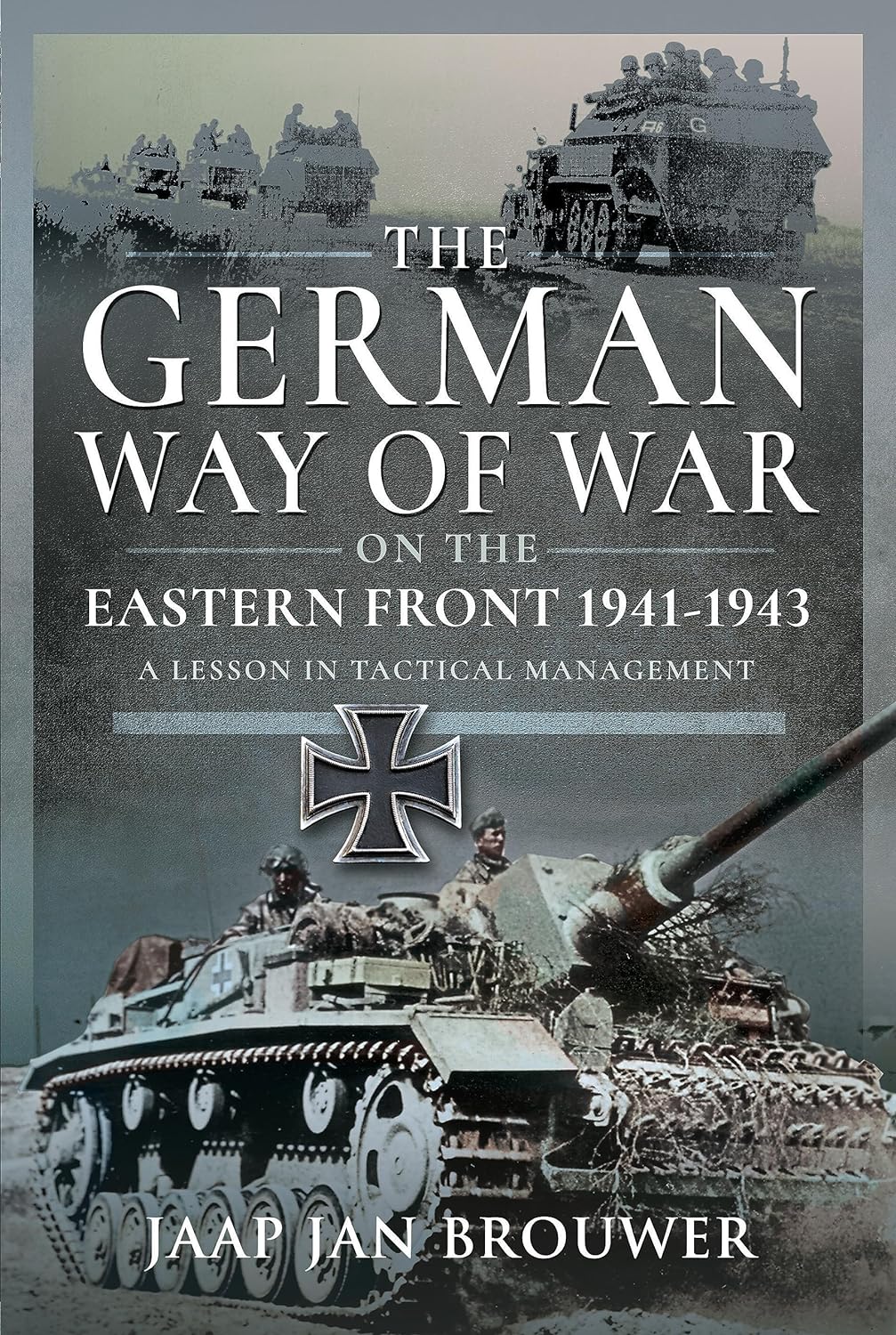The German Way of War on the Eastern Front 1941-1934
Usually shipped within 24 hours
UK deliveries from £5.95
Delivery & Returns
Delivery & Returns
We use the Royal Mail, DHL Express or UPS for our customers. For UK addresses, deliveries under 10kg are a standard £4.95 via Royal Mail Tracked 48 Service. For orders over 10kg and overseas customers, postage is calculated for you at checkout once you have entered your postal address. This price, does not include any potential custom charges that may apply, depending on the product or destination, as every country has very different import duties / taxes. Online exclusive products (such as trainers) will be delivered to you directly from the printer, separate from other items in your order, but your postage fee covers ALL items in your order.
If you are unhappy with your purchase, please email shop@tankmuseum.org within fourteen (14) working days of receiving your goods, and return it to us at the address below, in its original condition, unopened (with any seals and shrink-wrap intact) and we will issue you a full refund or replace it. Goods must be returned at your own cost. If the item is faulty, you do not need to return it, we will send you a replacement free of charge.
Description
Description
By Jaap Jan Brouwer
Hardback
Read how both German and Soviet armies learned to adapt themselves quickly to the ever changing situation on the battlefield, their innovative capacity and which new weapon systems and tactics they introduced to get the upper hand.
On 22 June 1941, at 0410hrs, Operation Barbarossa began. More than 3 million German soldiers crossed the border with the Soviet Union and moved east, where 4.7 million Soviet soldiers were waiting for them. Hitler expected his troops would be on the Volga before the end of the year and that important cities such as Moscow and Leningrad would have been captured. But the reality was very different; the Germans made impressive territorial gains, but their offensive eventually came to a halt at Stalingrad in December 1942, which proved to be a turning point in the war.
This titanic battle is illustrated here using eyewitness accounts from generals, soldiers and civilians. Attention is not only paid to the course of the battle, but also to the tactics and organizational dimensions of the armies involved, the challenges of the vastness of the country, the dilemmas for people in the conquered areas, and the way the Germans tried to conquer their hearts while at the same time fighting a fierce guerrilla war. The role of the Reichsbahn in the field of logistics is also examined, as is the importance of the innovation and production capacity of both armies.
![The German Way of War on the Eastern Front 1941-1934 Book [variant_option4]](http://tankmuseumshop.org/cdn/shop/files/919XjueOkWL._SL1500.jpg?v=1748338171&width=1214)

![The German Way of War on the Eastern Front 1941-1934 Book [variant_option4]](http://tankmuseumshop.org/cdn/shop/files/919XjueOkWL._SL1500.jpg?v=1748338171&width=88)
![Tank Museum Playing Cards Game [variant_option4]](http://tankmuseumshop.org/cdn/shop/files/ProductShoot_10_10_2025035.jpg?v=1760358498&width=176)
![Tank Museum Wrapping Paper - Two sheet pack Wrapping Paper [variant_option4]](http://tankmuseumshop.org/cdn/shop/products/Wrapp_Paper_All.jpg?v=1748337915&width=176)
![The German Way of War on the Eastern Front 1941-1934 Book [variant_option4]](http://tankmuseumshop.org/cdn/shop/files/919XjueOkWL._SL1500.jpg?v=1748338171&width=640)



